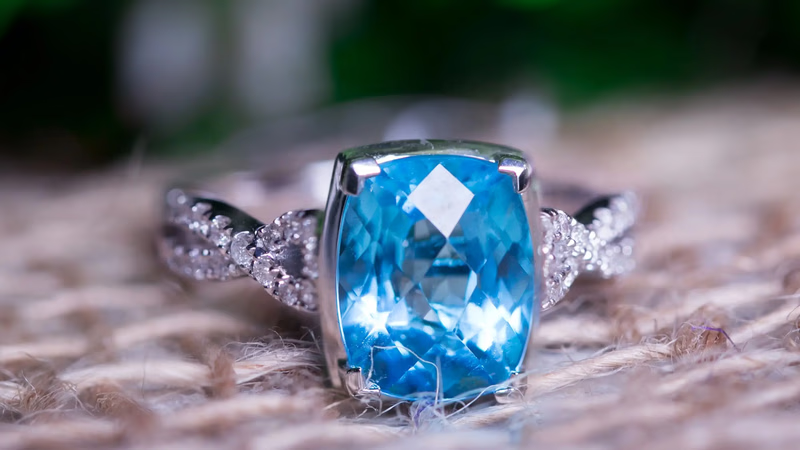
Topaz gemstones showcase vibrant colors and unique cuts.
Color is one of the most important factors in determining the quality of topaz. The intensity, saturation, and hue of the color play a significant role. For example, in blue topaz, a vibrant and saturated blue color is highly desirable. In pink topaz, a pure and intense pink color is sought after. The color should be attractive, even, and without any noticeable zoning or discoloration. Clarity refers to the presence of internal flaws, known as inclusions, and external blemishes in the gemstone. Topaz with high clarity and minimal inclusions is considered more valuable. Inclusions can affect the gemstone's transparency and overall appearance. However, it's worth noting that certain topaz varieties, such as the highly prized imperial topaz, can sometimes have "silk" inclusions that create a desirable effect known as "cat's eye" or "star" in the gemstone.
The treatment of topaz can affect its quality and value. Natural, untreated topaz is generally more valuable than treated topaz. Common treatments include irradiation to enhance color, heat treatment to remove color zones or improve clarity, and coating to create certain effects. Treated topaz should always be disclosed and clearly identified when sold. Topaz Selection of cut and cutoff grade
- A: Cut
Topaz slices are generally emerald, pear-shaped, and oval. These slices decompose natural topaz well and show its natural beauty. A well-cut topaz is bright, shiny, and reflects light. While emerald, oval, and pear-shaped cuts are common for topaz, finding topaz in other shapes, such as hearts, tears, and even in raw form with a carved pattern, can be found. - B: Cutoff grade
While buying a 10-carat diamond can bankrupt a bank, topaz is not as expensive as diamonds, but it is difficult to find large-sized topaz. However, carats do not determine the value of the stone but depend on the cut, color, and sharpness of the stone. Topazes of one or more carats have little value and can be purchased online for a small price.
Topaz can be found in many styles and shapes, but it is important to find exactly what you want because topaz is available in different colors and cuts. Some of the most common topaz ornaments include blue topaz, which is often worn on silver and usually on earrings and rings. If you are more interested in yellow or orange topaz, you can often find it on gold. It is important to choose the right topaz based on your needs. Due to the nature of topaz, it can be used without fear of damaging other ornaments such as bracelets or rings.
The cut of a topaz gemstone refers to its shape, proportions, symmetry, and overall craftsmanship. A well-cut topaz will reflect light in an appealing manner, maximizing its brilliance and enhancing its beauty. The cut should be precise, and the facets should be well-aligned and symmetrical. The cut can greatly impact the gemstone's overall appearance and value. The size of a topaz gemstone can also influence its value. Larger topaz gemstones are generally rarer and more valuable, especially if they possess excellent color, clarity, and cut. However, it's important to note that the quality of the gemstone should not be compromised for size alone. Smaller topaz gemstones with exceptional color and clarity can still be highly valuable.
-
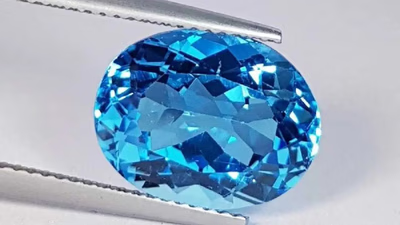
Topaz is a versatile gemstone available in various colors, each with unique properties. Blue topaz, often created through irradiation, is popular for its vibrant hues but is not found naturally. Yellow topaz, abundant and known for its clarity, ranges from pale to deep golden shades. The GIA color grading system categorizes topaz from colorless to black, with several shades including white, golden, pink, champagne, imperial, and magic topaz. White topaz is pure and colorless, while golden topaz includes yellow and orange tones. Pink topaz is rare and typically treated to enhance its color. Champagne topaz features natural brown shades without chemical enhancement. Imperial topaz showcases light peach to dark orange colors and is highly valued.
Magic topaz displays multiple colors due to chemical treatment and is also expensive. Each variety of topaz has distinct characteristics that influence its market value and desirability in jewelry.
-

Color, clarity, and cut are the primary factors determining topaz quality. The intensity and saturation of color significantly influence desirability, with vibrant blue and pure pink being highly sought after. Clarity is assessed by the presence of inclusions and blemishes; topaz with minimal flaws is more valuable. Certain varieties, like imperial topaz, may have inclusions that enhance their appeal. Treatments such as irradiation or heat can alter color and clarity, impacting value; untreated stones are generally preferred. The cut of a topaz gemstone affects its brilliance and overall aesthetic, with common shapes including emerald, pear, and oval. While larger stones are rarer and often more valuable, exceptional smaller stones can also command high prices based on their quality attributes. Buyers should consider both the visual appeal and the craftsmanship of the cut when selecting topaz.
-
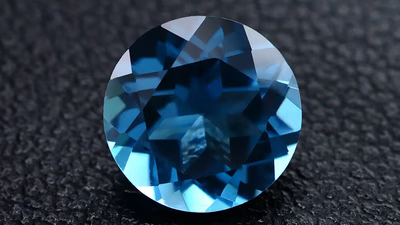
Topaz gemstones should be stored separately to avoid scratches and damage. Use small jewelry bags or soft cloth pouches for individual stones. Exposure to chemicals, such as household cleaners and perfumes, can dull the gemstone"s luster or cause discoloration. Extreme heat and rapid temperature changes can lead to fractures, so it"s essential to keep topaz away from direct sunlight and heat sources. Topaz is a semi-precious stone available in various colors, including light milky shades, gold, yellow, red, and blue. Historically regarded as a symbol of love and affection, topaz is often used in jewelry like necklaces, bracelets, and earrings. To clean topaz, use a solution of hot water and soap with a soft brush or cloth; avoid harsh chemicals or ultrasonic cleaners that may damage the stone. Regular professional cleaning by a jeweler is recommended to maintain its brilliance.
-
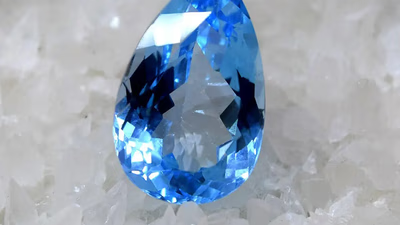
Topaz is mined in various regions worldwide, with Brazil leading in production, particularly in Minas Gerais. The country offers a spectrum of colors, including blue, pink, and yellow. Russia"s Ural Mountains are another significant source, known for high-quality topaz in colorless and pale hues. Nigeria"s Jos Plateau is recognized for its intense blue topaz, while Pakistan"s Shigar Valley produces notable pink varieties. Other countries like Namibia and Mexico also contribute to the global topaz market, with Namibia known for vibrant blue stones and Mexico for a range of colors associated with other gemstones. Sri Lanka and Australia have historical significance in topaz mining as well. The mineral forms in mountainous areas through volcanic activity and is often found alongside other gemstones. When purchasing topaz, factors such as color, cut, and clarity are essential to consider to ensure quality. "
-
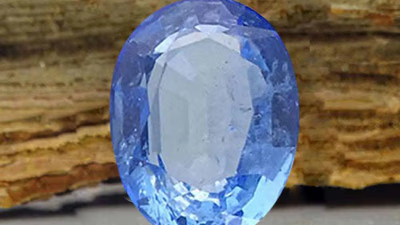
Irradiation and heat treatment are primary methods for enhancing topaz color. Irradiation uses high-energy radiation to transform colorless or pale topaz into various shades of blue, while heat treatment alters yellow, orange, or brown stones into durable pink hues. Coating is a temporary method that applies a colored film to the surface, creating effects like iridescence but is not long-lasting. It"s crucial for sellers to disclose any treatments applied to topaz, as natural variations are also highly valued. The article highlights the importance of recognizing treated versus untreated stones and notes that many blue topazes on the market are heat-treated colorless varieties from Nigeria and Sri Lanka. Additionally, it warns against confusion with other gemstones like citrine and aquamarine, which can be misrepresented as topaz. The rarity of natural pink topaz and the value of golden topaz are also discussed, emphasizing the need for informed purchasing decisions. "





